m_anderson
TPF Noob!
- Joined
- Sep 17, 2014
- Messages
- 7
- Reaction score
- 0
I'm just starting out in the world of photography. I want to focus on fashion, models, and actor headshots. I was told I need to invest in professional equipment, most important being the camera (full frame). But most full frame cameras are very expensive and out of my budget. Right now I'm using a Canon Rebel T4i with kit lens. My photos are not looking the way I want them too. They look flat. I've tried everything, even using the pop up flash. What are the best camera settings to make your photos come alive? I found this video on YouTube and it really caught my attention, the photographer is using a $599 Canon 60D (which I'm told has the same 18mp sensor as my camera), yet his images pop off the screen and are glowing.... How is this possible?
Any advice would be greatly appreciated. Thank you.
-Megan
Any advice would be greatly appreciated. Thank you.
-Megan





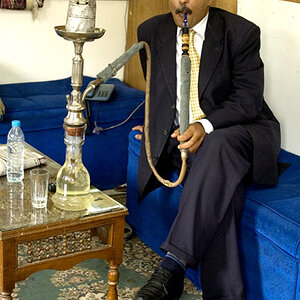
![[No title]](/data/xfmg/thumbnail/35/35263-86f580cf5d28d23109a45984030a79ad.jpg?1619736968)
![[No title]](/data/xfmg/thumbnail/37/37616-5e9d06af384cf745ad31a513e49183a9.jpg?1619738151)
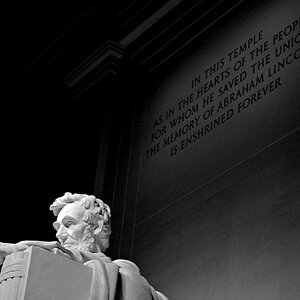
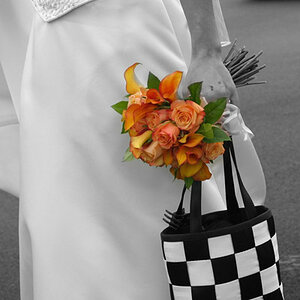

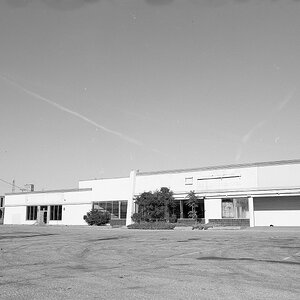
![[No title]](/data/xfmg/thumbnail/37/37618-4cd08d553e4ce30fd49570b1ba8259f2.jpg?1619738152)

![[No title]](/data/xfmg/thumbnail/35/35669-485de67e98a042d63d728593720828a0.jpg?1619737091)
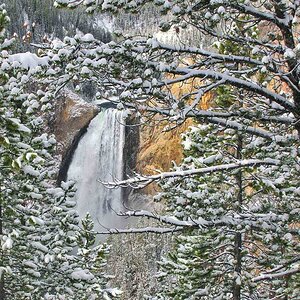
![[No title]](/data/xfmg/thumbnail/35/35668-5ed46d3abc5acbedc69d68e0c3a2173a.jpg?1619737090)